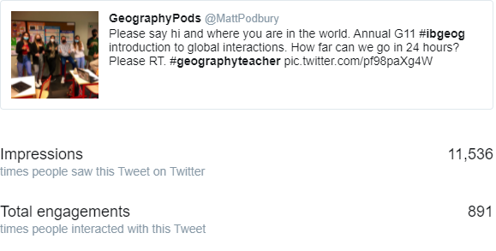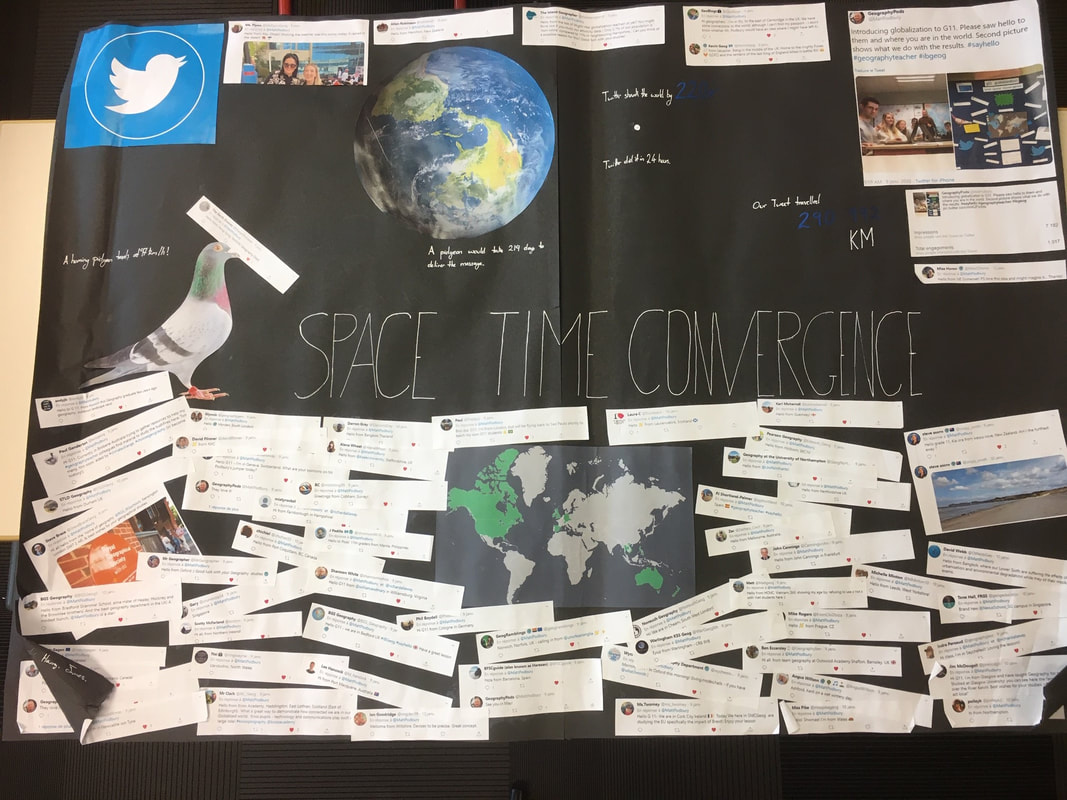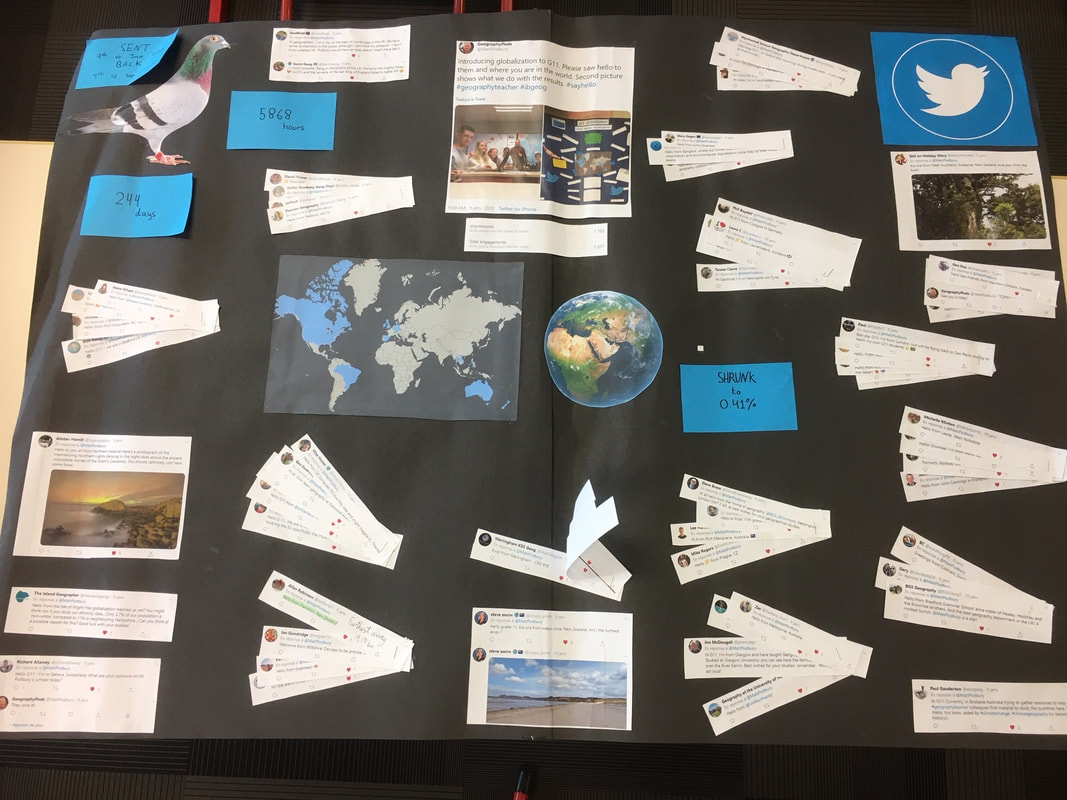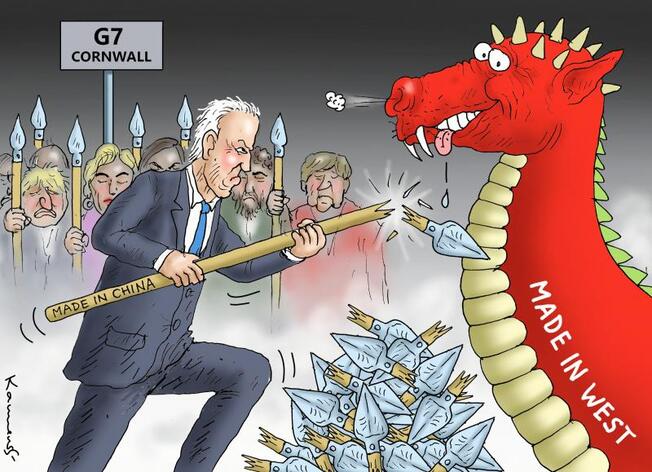What you'll need to know...
KEY CONCEPT - How global power and influence varies spatially
Globalization indices showing how countries participate in global interactions
Global superpowers and their economic, geopolitical and cultural influence
• Detailed examples of at least two actual or potential global superpowers
Powerful organizations and global groups:
• G7/8, G20 and Organization for Economic Cooperation and Development (OECD) groups
• Organization of the Petroleum Exporting Countries’ (OPEC) influence over energy policies
• global lending institutions, including the International Monetary Fund (IMF) and New Development Bank (NDB)
Synthesis, evaluation and skills opportunities
How wealthy and powerful places exist at varying scales, and how the global map is complex and subject to change
Globalization indices showing how countries participate in global interactions
Global superpowers and their economic, geopolitical and cultural influence
• Detailed examples of at least two actual or potential global superpowers
Powerful organizations and global groups:
• G7/8, G20 and Organization for Economic Cooperation and Development (OECD) groups
• Organization of the Petroleum Exporting Countries’ (OPEC) influence over energy policies
• global lending institutions, including the International Monetary Fund (IMF) and New Development Bank (NDB)
Synthesis, evaluation and skills opportunities
How wealthy and powerful places exist at varying scales, and how the global map is complex and subject to change
Globalization - a reminder...
|
"Globalization is the growing interdependence of countries worldwide through an increasing volume and variety of cross-border transactions in goods and services and of international capital flows, and through the more widespread diffusion of technology" But what does this mean? How can we understand what each part of the definition means? Task 1 - Can you think of one named product or service that meets the criteria of all of the above definition? Break it down using the worksheet above. .... countries become interdependent .... increasing what they buy and sell with each other .... resulting in the flow of money (capital) between places .... and the sharing and take up of technology in those countries Task 2 - Shrinking World - Tweet it! Teacher can send out a 'Say hi to my IB class' on Twitter. See example results to the right. Notice that most of the 78 responses came within 24 hours of of the request. Display Task Wait for 24 hours for your responses to come. Now record each country and place in an Excel document. Use this interactive tool to map each country. Once complete, total up the total number of KM using this calculator that the tweet traveled from school to each place stated in the tweet and then back again. If Twitter bird had been a homing pigeon, how long would it have taken the pigeon to get to each of these places and back? The average speed of a homing pigeon over distance is approximately 97km/hr. Work out how much the Earth has shrunk (time space convergence) as a % and then perhaps show this visually - see examples below. Create a display that shows how Twitter has shrunk the world. An example is below. Task 3 - Use a printed out copy of Geo Factsheet number 172* complete the following activities: a. Make notes on the four different types of globalization as set out in figure 2. b. Study Fig 3a carefully and use a highlighter to identify what you consider to be the 5 main factors which have led to the development of globalization and explain their contribution. c. Fill in the worksheet below using the information on page 4 of the fact sheet. You will need to find a suitable image to add to the different aspects of globalization in the table. *For subscription to this particular Geo Factsheet - click here. |
Globalization Indices - KOF...
Click here to view an embedded interactive map showing the spread of globalization according to the KOF Index. The KOF Globalisation Index measures the economic, social and political dimensions of globalisation. Globalisation in the economic, social and political fields has been on the rise since the 1970s, receiving a particular boost after the end of the Cold War.
Source: Gygli, Savina, Florian Haelg and Jan-Egbert Sturm (2018): The KOF Globalisation Index – Revisited, KOF Working Paper, No. 439
Starter: Spend a few minutes exploring the interactive KOF site. Drag the map slider bar to show the spread of globalization over time and use the interactive graph below to check out the data for your home country.
Task - Using one of the worksheets above, complete all tasks set out.
For Task 3 on the worksheet, you will need this Press Release and this League Table of KOF Rankings from 2021.
Starter: Spend a few minutes exploring the interactive KOF site. Drag the map slider bar to show the spread of globalization over time and use the interactive graph below to check out the data for your home country.
Task - Using one of the worksheets above, complete all tasks set out.
For Task 3 on the worksheet, you will need this Press Release and this League Table of KOF Rankings from 2021.
Global superpowers...
Starter / Preparation Homework - Watch the excellent 30 minute lecture above by Prof Alasdair Pinkerton from November 2020 taking notes on the content including how the term superpowers was coined, the original superpowers, links with nuclear capability, modern day superpowers / superpowers of the future.
|
|
|
|
|
|
|
|
|
|
Task 1 - You will choose to study three of the music videos above. Your task will be to watch the videos, study the lyrics and then recognise the links to disputes between superpowers. Record your findings in on an A3 copy of the worksheet beneath.
USA / USSR Power Struggle and the rise of China...
|
Task 2 - Using the video to the right hand side, familiarise yourself with The USA, the USSR and the Cold War of 1947 - 91. Take notes on key places, key people and key dates on the rough sheet beneath. Aim for 15 pieces of information in total. "This truly marked the end of the cold war and the world was left with one superpower - the USA" Task 3 - Watch the second video to the right that charts the United States of America's rise to become the current largest global superpower. The first 3:15 minutes is good for recap and particularly for the League of Nations. You should focus on the time period post WW2 and paying attention to the formation of the United Nations & Breton Woods Agreement (World Bank & IMF) as well as NATO. 6:60 onward is excellent for post Cold War information. Complete the worksheet below following the tasks set out. Task 4 - Study this 2017 article from Forbes online. "In the big scheme of things, the new grand chessboard isn't Western capitalism versus Soviet communism; it's the West versus the East and China is in the pole position. Slap China with trade tariffs, they dump Treasury bonds and send interest rates higher for American corporations. Play hardball with China on disputed islands in the South China Sea and you need every old Asian Tiger plus Japan on your team, countries one-and-all that are more dependent on China for growth than they are on the U.S. In this topsy turvey world, the United States has the military and the money. China has the money...and the military. Barring gunfire, we all know you follow the money" |
|
Highlight the key areas of text that give clues as to China's growing prominence as a global superpower.
Task 5 - Using this information together with the previous work on the USA and the BBC video above right complete the following Paper 3 question below.
Paper 3 Question
Using examples, analyse how and why established superpowers are being overtaken by emerging superpowers. (12)
For mark bands, check out page 62-65 of the IB DP Geography Guide.
Task 5 - Using this information together with the previous work on the USA and the BBC video above right complete the following Paper 3 question below.
Paper 3 Question
Using examples, analyse how and why established superpowers are being overtaken by emerging superpowers. (12)
For mark bands, check out page 62-65 of the IB DP Geography Guide.
Powerful organizations and global groups...
For this piece of work, we will be splitting into groups to work on powerful organisations and groups. Below, you will find a resources wall where you can find further information. You objective is to research your organisation / group and provide a short presentation and completed notes sheet to your peers.
Your starting point is to watch this video.
Your starting point is to watch this video.
The G7OPEC Oil 'Cartel'Task 1 - Using the framework research grid below, use both the video and news story links above plus your own research to find out and then share with you peers how powerful organizations and global groups exist at varying scales, and how membership is complex and subject to change. |
The G20The World Bank |
The OECDThe IMFNew Development Bank
|
Task 2 - With your completed fact sheets, you should now be able to answer the following questions:
Evaluate the need for the G7 and the G20.
How might OPEC influence the price of oil?
Explain the difference between the World Bank and the IMF.
Explain the difference between the World Bank and the New Development Bank.
Outline the key common weaknesses of two or more of the groups above








